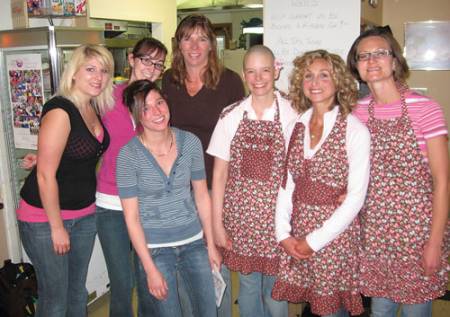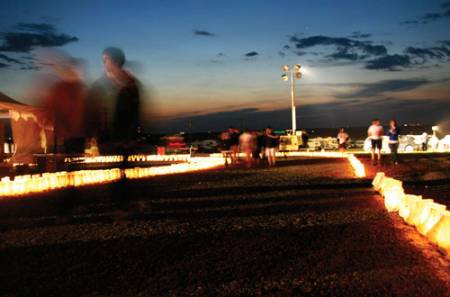Community facility tender closing date pushed back
The Town of Drumheller has extended the closing date for tenders for the construction of the Badlands Community Facility.
The Town put out a request for tenders on Friday, May 7 with a closing date of Tuesday, June 1. It has since amended the date to now close on Tuesday, June 8.
Ray Telford, communications officer for The Town of Drumheller explains the extension is due to the inability of structural steel providers of the girder truss system to have questions answered by the structural engineers within the tender time frame.
“It is just going to take a little longer to answer those questions,” said Telford.
The posting for the tenders have gone through the Alberta Purchasing Connection and the Alberta CoolNet to meet the TILMA requirements. The postings also went to the Calgary, Edmonton, Lethbridge and Medicine Hat Construction Associations.
On the Alberta Purchasing Connection website there is a list of 11 general contractors that have expressed interest in the project as well as a number of subcontractors.


















